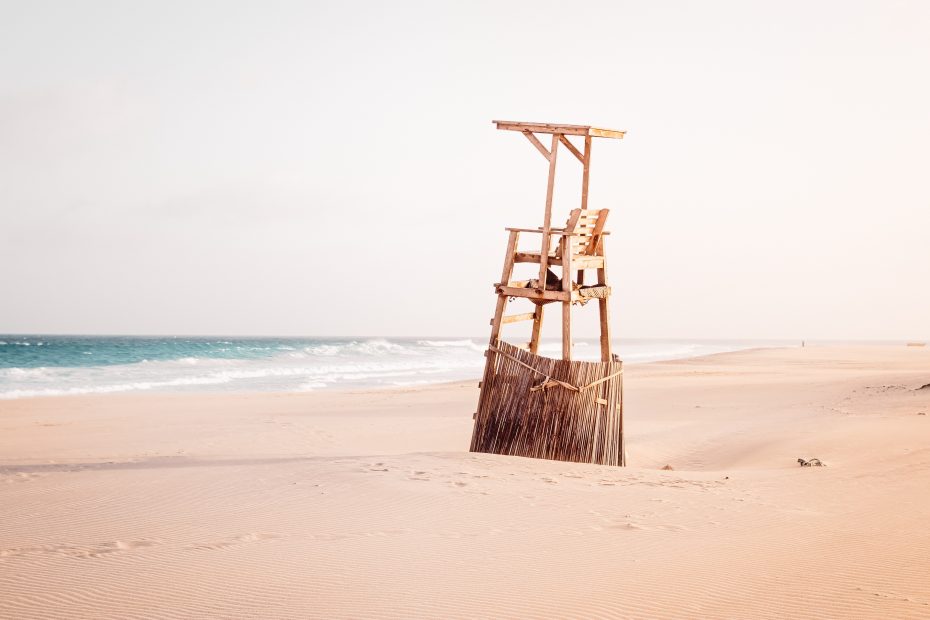Table of Contents
Introduction
Cabo Verde, also known as Cape Verde, is a captivating island nation located off the west coast of Africa. First colonized by the Portuguese in the 15th century, it has a rich blend of European, African and American influences. Cabo Verde is made up of 10 volcanic islands with rugged mountainous terrain and jaw-dropping beaches. Despite its proximity to the African mainland, many people have never heard of this hidden gem. However, those who discover Cabo Verde are rewarded with a tropical paradise and welcoming culture.
Cabo Verde’s Unique Culture
Cabo Verde boasts a vibrant Creole culture that combines African, European and American roots. The local Crioulo language mixes Portuguese and West African dialects. Cabo Verde’s population consists of descendants from various continents – Europe, Africa and even some from the Americas. This blend has created a unique cultural identity, with distinct music, food and traditions.
In particular, music and dance play a central role in Cabo Verdean culture. Styles like morna, coladeira, batuque and funaná incorporate Portuguese ballroom dances and African rhythms. Meanwhile, Cabo Verdean festivals feature live bands and dancers wearing bright, colorful costumes. Even when locals are just going about their day, music fills the streets and markets.
Beautiful Islands and Beaches
Spread across the Atlantic Ocean, Cabo Verde’s islands showcase stunning diversity. The windward islands to the north have a dramatic landscape marked by mountains, cliffs and beaches. The leeward islands to the south tend to be flatter and more arid. Each island has its own unique appeal.
For example, Santiago has a gorgeous coastline and Cabo Verde’s capital city Praia. São Vicente is home to the cultural hub of Mindelo. Sal and Boa Vista boast incredible beaches and desert-like vistas.
Beyond the varied topography, the beaches are a major highlight. Miles of pristine sand and azure waters make Cabo Verde’s shores irresistible. The most famous beach is Santa Monica on Boa Vista, with its towering dunes overlooking the sea. For swimming and water sports, Sal’s beaches like Santa Maria are perfect. Truly, Cabo Verde is a beach lover’s paradise.
Adventure Tourism
In addition to sunbathing and swimming, Cabo Verde offers boundless opportunities for adventure. The volcanic landscape is ideal for activities like hiking, mountain biking, canyoning, surfing and kitesurfing. Strong trade winds also make Cabo Verde a top windsurfing and diving destination.
For example, the massive waves at Praia do Surfista on São Vicente draw expert surfers from around the world. The windswept flatness of Sal and Boa Vista creates ideal conditions for kitesurfers and windsurfers. And underwater, Cabo Verde’s tropical fish and shipwrecks amaze divers. The diversity of the environment provides unique adventure possibilities to suit every interest.
Cuisine and Nightlife
To sample authentic Cabo Verdean cuisine, the national dish cachupa is a must-try. Cachupa contains corn, beans, vegetables and meat or fish stewed in a single pot. Street food classics like pâtéis and bujinho pastries offer local flavors on the go. And with immigration influences, you’ll even find Italian, Brazilian and Portuguese restaurants.
When the sun goes down, Cabo Verde comes alive. The capital Praia is known for its pulsing nightclubs and bars, many located right on the beach. Mindelo on São Vicente also has a legendary nightlife scene, with live music and parties that go into the early morning. Even on smaller islands, you can always find local bars bumping with festive beats. Cabo Verde’s vibrant culture shines after dark.
Attractions and Activities
Beyond the beaches and nightlife, Cabo Verde offers rich cultural attractions. In Cidade Velha, the first colonial capital, you can walk among cobbled streets and historic buildings like the UNESCO-listed cathedral. Museums throughout the islands showcase the archipelago’s history and art. Handicraft markets are perfect places to pick up souvenirs like local textiles, pottery and straw hats.
Visitors should also spend time island-hopping between destinations. Each island has its own adventures, whether you go by plane or ferry. Consider hiking a volcano on Fogo, or wandering the colonial streets of Mindelo on São Vicente. With 10 islands to explore, you’ll discover new treasures everywhere you go.
Travel Tips
The best time to visit Cabo Verde is during the cooler, dry season between November and June. July through October sees some rain, but the weather stays warm year-round.
Inter-island transportation involves small planes and ferry services. While English is spoken in tourist areas, learning some basic Portuguese and Crioulo phrases will help you connect with locals.
The Cabo Verdean escudo is the local currency, though Euros are accepted in many shops and hotels. Be sure to bring cash, as credit cards are not widely accepted.
Conclusion
With mesmerizing beaches, exciting activities and warm people, Cabo Verde offers an unforgettable island escape. Each island has its own adventures and culture waiting to be discovered. Music, food, history and natural beauty come together in this Atlantic archipelago. If you want to discover West Africa’s best kept secret, it’s time to set your sights on Cabo Verde’s shores. This island nation is ready to welcome you with open arms.
FAQs
What are the best beaches in Cabo Verde?
Some of the top beaches include Santa Monica on Boa Vista, Santa Maria on Sal, and Praia da Chave on São Vicente. Each island has stunning shores.
What is the weather like in Cabo Verde?
Cabo Verde has a mild, pleasant climate year-round. Daytime highs average 27-30°C. The cooler dry season is November to June.
What languages are spoken in Cabo Verde?
The official language is Portuguese, though the main local language is Crioulo. Many people also speak English, French and Spanish.
What is cachupa, Cabo Verde’s national dish?
Cachupa is a hearty one-pot stew made with corn, beans, cassava, vegetables and meat or fish. It’s slow-cooked and full of flavor.
How do I get around Cabo Verde?
You can fly or take ferries between the islands. Taxis, buses and tour companies provide transportation on each island. Renting a car lets you explore independently.
